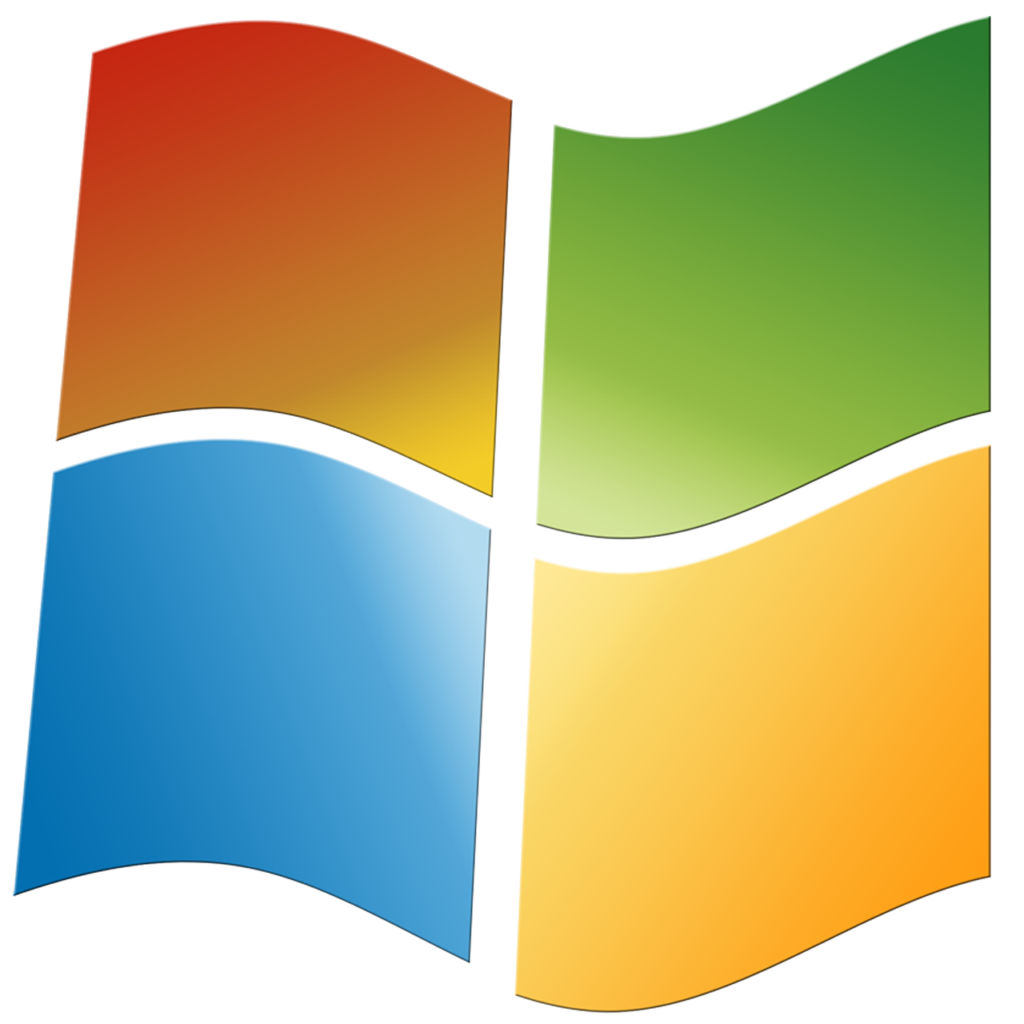
Windows 7 – End of Life
On 14th January, Microsoft stops supporting Windows 7. That means it won’t get any more updates at all, including security updates.
That means Windows 7 machines could be open to attack, even with a good firewall and up-to-date anti-virus protection. When there’s a security issue found – it won’t get fixed.
I’ve got a computer running Windows 7.
What are my options?
After January 14th 2020, we strongly suggest you stop using Windows 7 to connect to the internet.
So you have three options:
- Keep using your Windows 7 machine – just take it off the internet
If you want to keep using the programs on a Windows 7 computer, that’s absolutely fine. The only bit that’s risky is connecting it to the internet. If you do want to be able to use your computer on the internet, though – either for browsing the web or using email, you need to be looking at a different option. - Replace your old computer with a new one that comes with Windows 10
If you’re going to move to Windows 10, the simplest way to do it is to buy a new PC or laptop. That way, you don’t have to mess around installing anything, and you can be sure that Windows will work properly on it.
If your Windows 7 computer is still working fine, though, you might want to just upgrade that one. - Upgrade your current computer to Windows 10
If you’re thinking of keeping your old computer, we suggest you start by running the Windows 10 Update Assistant here. It’ll tell you if there’s something that isn’t compatible with Windows 10. And if your PC passes, then it’s fine to install Windows 10 on it.
But the free upgrade offer that Microsoft gave when Windows 10 first launched has finished now. So if you want to upgrade your existing machine, you’ll need to pay for a license.
Upgrading will cost you £119.99 from the Microsoft website (you can find the details here).
It can be much cheaper to buy a license from a third-party seller, but there’s a fair chance it won’t be legit and won’t work. You get what you pay for, after all.
I’ve switched to Windows 10 but I don’t know how to use it. Can you help?
When you first start Windows 10 up, it might look quite similar to what you’ve had before… or it might look very different!
You see, it depends.
If you had Windows 7 before, it doesn’t actually look that different at first glance. The bar across the bottom is black instead of a sort of glassy effect, the start button is squarer and there are a few other tweaks, but it’s much the same organisation.
If you’re used to Windows 8, though, you might find it quite different.
On the other hand, if you’re used to Windows 7, the start menu will be new to you entirely. There are rectangular tile things that you can click on (or tap) to start different programs (or Apps as they tend to be called in Windows 10).
Some of the tiles are what’s called “live tiles” which means they show you information before you even click on them. For example the email one might tell you how many emails you have… or the news one might show you the headlines.
The next thing that’s a bit different is the web browser (the program for looking at web pages) from Microsoft. Now, this might be irrelevant if you prefer to use Google’s Chrome or Mozilla’s Firefox. You can carry on using those – that’s fine.
But if you’ve used Internet Explorer (IE for short), that’s the one from Microsoft themselves, then there’s a new one. You may still have the option to use IE but there’s a new one called Edge, which works better – it’s a bit faster and less likely to crash or have problems with particular webpages.
Microsoft have added a few other fancy features, too, but basically it works in a similar way to IE, so you don’t have to learn how to use it from scratch. With them calling it Edge, they were still able to use a blue e as the logo for it, but it’s a bit of a darker blue now.
The way you access emails may have changed, too. If you used to use Windows Live Mail in Windows 7, you could switch to the new Mail App (the symbol for it is a white envelope on a black background). The most obvious difference is that it’s laid out differently, with the email you’re reading or writing on the right and the list of emails to the left, rather than one above the other.
But it has various other differences too. Personally, I don’t bother with the Mail App – I use webmail instead, by going to the website of the company my email is through and looking for the webmail, mail or email option.
Phew – there’s a lot new isn’t there? Microsoft have been pretty busy… and I do think it’s an improvement in general!
It can be a bit daunting, though, if you’ve used one system for a long time.
Thankfully, we do a great pair of books Computers One Step at a Time and The Internet One Step at a Time which you can read all about here. And stay tuned to your emails this week for more information about our online course, which Ellen is busy bringing bang up to date as I type.